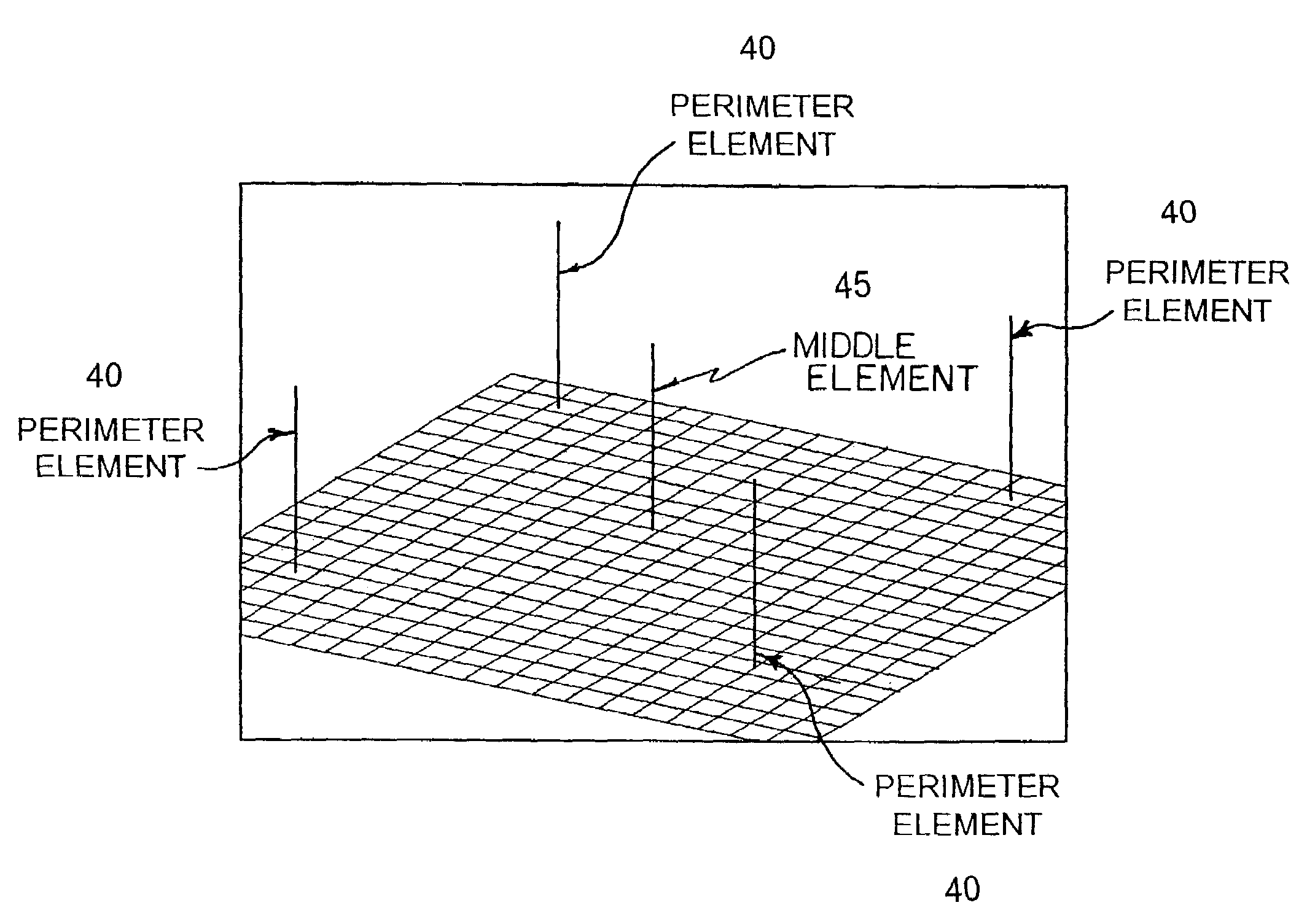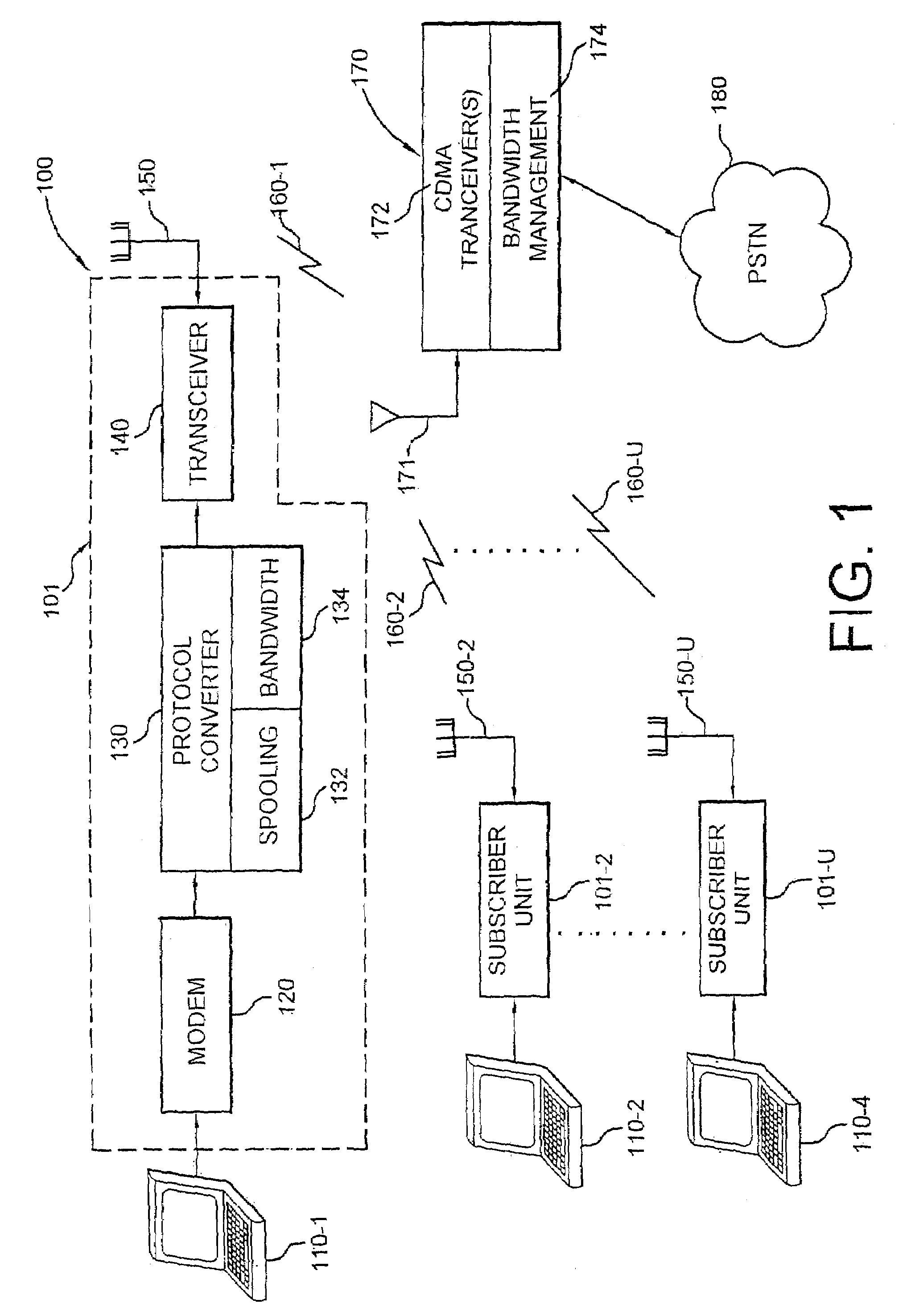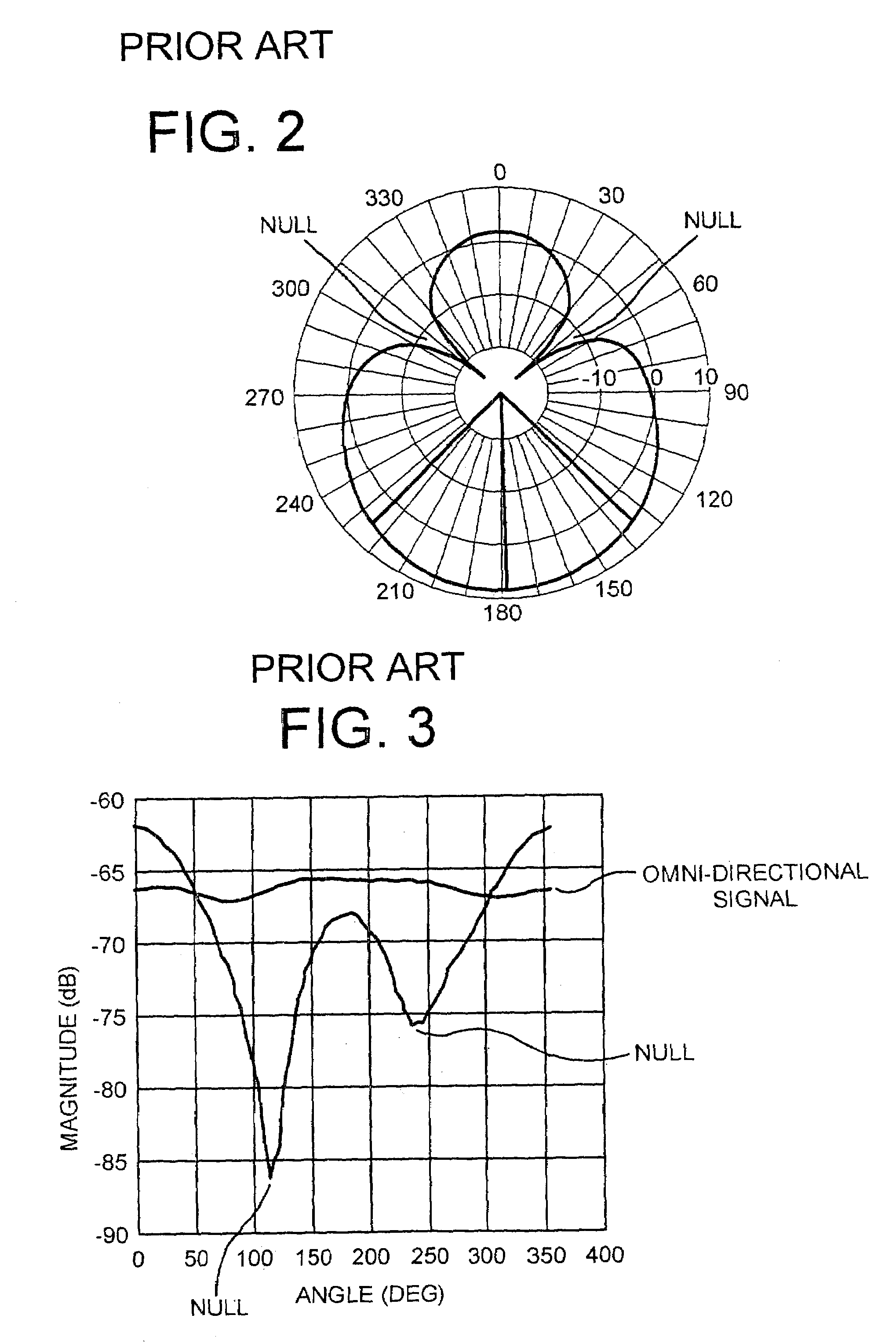Method for searching pilot signals to synchronize a CDMA receiver with an associated transmitter
- Summary
- Abstract
- Description
- Claims
- Application Information
AI Technical Summary
Benefits of technology
Problems solved by technology
Method used
Image
Examples
Embodiment Construction
[0035]FIG. 1 is a block diagram of a wireless communication system 100 in which a receiving antenna is adapted between an omni-directional pattern and a directional pattern. The system 100 includes two different types of components, such as subscriber units 101-1, 101-2, . . . , 101-u (collectively, the subscriber units 101) and one or more base stations 170. The subscriber units 101 and base stations 170 cooperate to provide the functions necessary in order to provide wireless data services to a portable computing device 110 such as a laptop computer, portable computer, personal digital assistance (PDA) or the like associated with a subscriber unit 101. The base station 170 also cooperates with the subscriber units 101 to permit the ultimate transmission of data to and from the subscriber unit 101 and the public switch telephone network (PSTN) 180. More particularly, data and / or voice services are also provided by the subscriber unit 101 to the portable computer 110 as well as one ...
PUM
 Login to View More
Login to View More Abstract
Description
Claims
Application Information
 Login to View More
Login to View More - R&D
- Intellectual Property
- Life Sciences
- Materials
- Tech Scout
- Unparalleled Data Quality
- Higher Quality Content
- 60% Fewer Hallucinations
Browse by: Latest US Patents, China's latest patents, Technical Efficacy Thesaurus, Application Domain, Technology Topic, Popular Technical Reports.
© 2025 PatSnap. All rights reserved.Legal|Privacy policy|Modern Slavery Act Transparency Statement|Sitemap|About US| Contact US: help@patsnap.com



